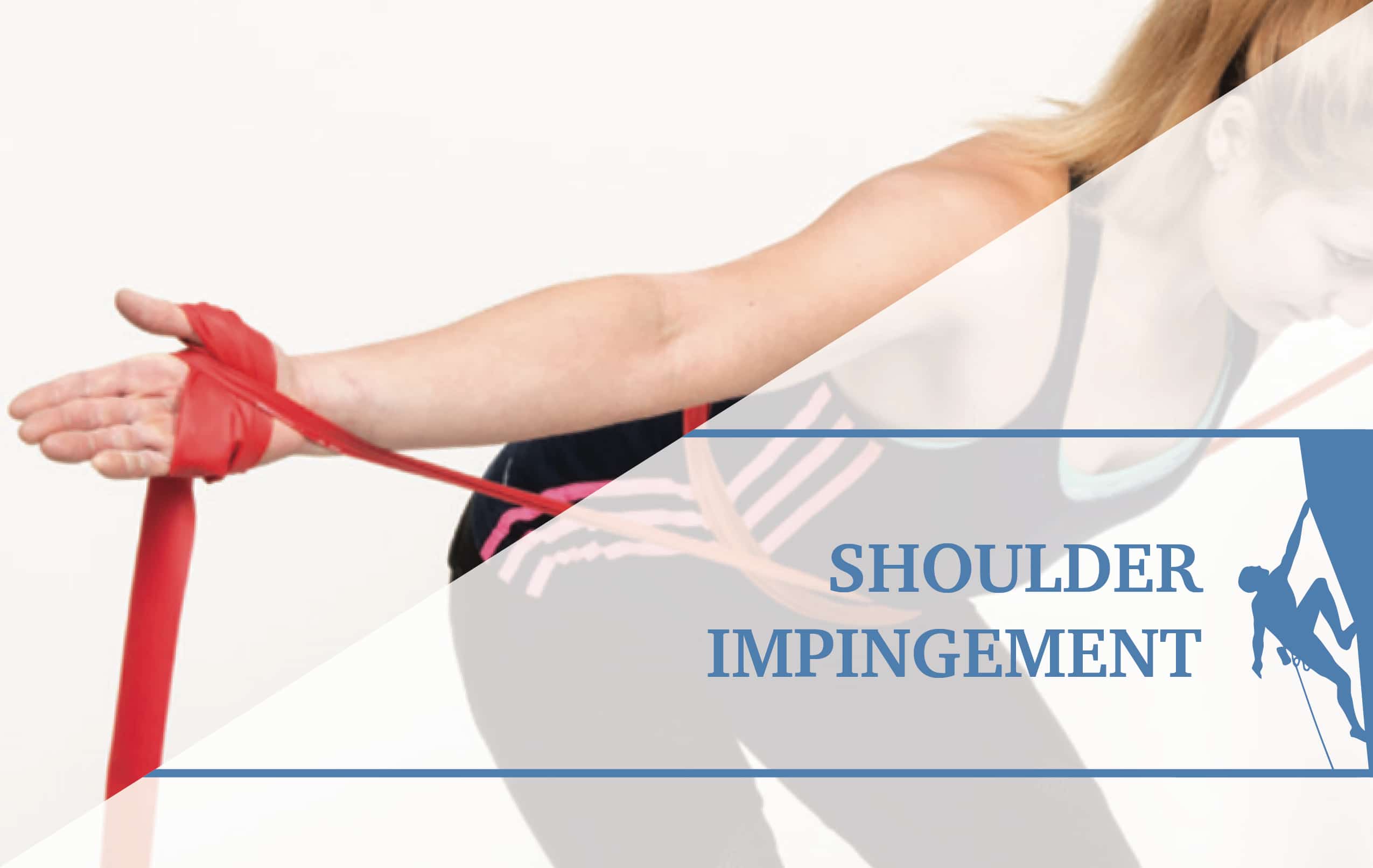What is static, ballistic and dynamic stretching?
Static stretching is when you hold a single position to achieve a stretch. Common hold times are 30 seconds. An example is bending down to touch your toes and holding.
Ballistic stretching is when you bounce in and out of a position to achieve a stretch. Common hold times are less than a second. An example is bending down to touch your toes and bouncing several times at the bottom of the stretch.
Dynamic stretching is when you smoothly move through a full range of motion spending equal time in each phase of the stretch. An example is bending down to touch your toes while counting to three and coming back up to standing while counting to three.
How to stretch before climbing?
Static stretching is a poor choice: The research shows that statically stretching a muscle before activity impairs muscle strength and leads to decreased performance. There is also evidence that shows that it can actually increase injury rate.
Ballistic stretching is a poor choice: It has been shown in numerous research studies that ballistic stretching is hazardous when used as a warm-up. The rapid nature of the movement activates a reflex in the muscle causing it to contract to protect itself from harm. This can cause micro-tearing of the muscle.
Dynamic stretching is the best choice: Research supports that a sport specific dynamic warm-up is the best way to increase blood flow to the muscles and tendons in the body. This method prepares the body for a specific activity and can help reduce injury rates.
Learn from the Pros
Professional climber Jonathan Siegrist teaches the 4 stages of a climbing specific dynamic warm-up.
This dynamic climbing warm-up is broken down into four sections
Section 1: On The Wall
Uses the entire body to generate warmth. It mirrors specific body positions that are used while climbing.
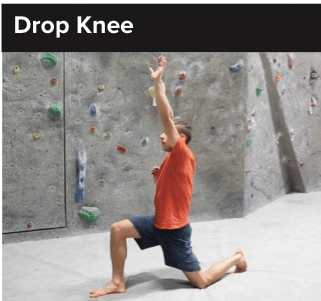
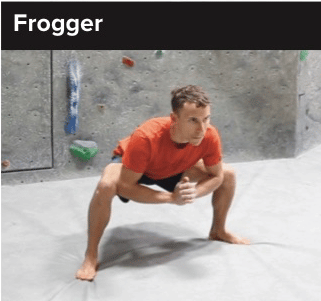
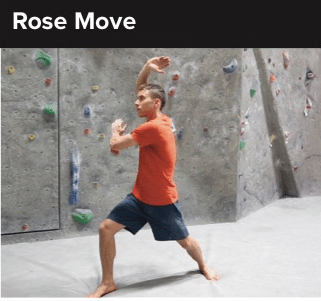
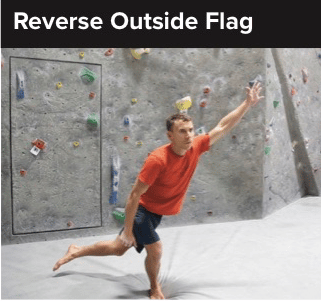
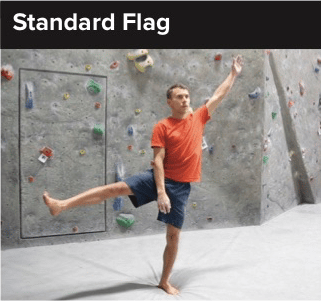
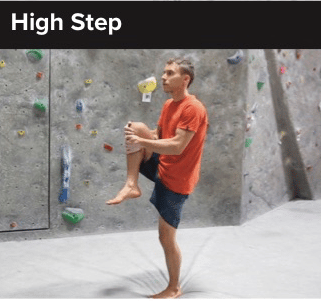
Section 2: Rotation
Uses rotational movements to warm-up the joints. This often overlooked stage is very important in climbing because of the rotational nature of the sport.
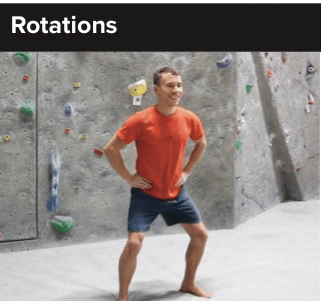
Section 3: Arms
Uses dynamic stretching to warm a primary muscle and its opposing muscle in a single motion.
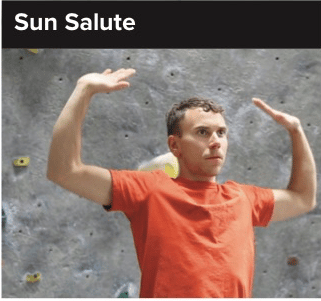
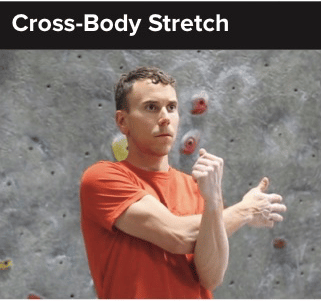
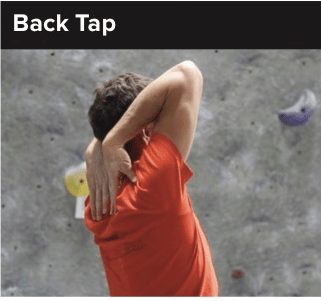
Section 4: Wrist and Fingers
Targets the smallest muscle groups with tendon glides.
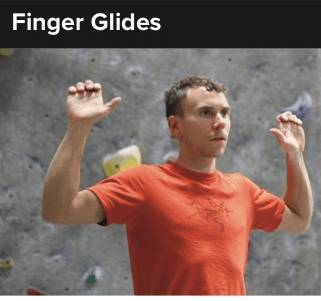
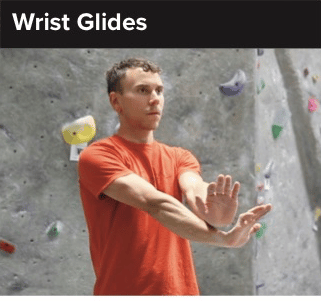
References:
- Aguilar AJ, DiStefano LJ, Brown CN, Herman DC, Guskiewicz KM, Padua D. A dynamic warm-up model increases quadriceps strength and hamstring flexibility. J Strength Cond Res. 2012 Apr;26(4):1130-41.
- McMillian DJ, Moore JH, Hatler BS, Taylor DC. Dynamic vs. static-stretching warm up: the effect on power and agility performance. J Strength Cond Res. 2006 Aug;20(3):492-9.
- Sim AY, Dawson BT, Guelfi KJ, Wallman KE, Young WB. Effects of static stretching in warm-up on repeated sprint performance. J Strength Cond Res. 2009 Oct;23(7):2155-62.
- Turki O, Chaouachi A, Behm DG, Chtara H, Chtara M, Bishop D, Chamari K, Amri M. The effect of warm-ups incorporating different volumes of dynamic stretching on 10- and 20-m sprint performance in highly trained male athletes. J Strength Cond Res. 2012 Jan;26(1):63-72.
- Gelen E. Acute effects of different warm-up methods on sprint, slalom dribbling, and penalty kick performance in soccer players. J Strength Cond Res. 2010 Apr;24(4): 950-6.
- Winchester JB, Nelson AG, Landin D, Young MA, Schexnayder IC. Static stretching impairs sprint performance in collegiate track and field athletes. J Strength Cond Res. 2008 Jan;22(1):13-9.
- Sayers AL, Farley RS, Fuller DK, Jubenville CB, Caputo JL. The effect of static stretching on phases of sprint performance in elite soccer players. J Strength Cond Res. 2008 Sep;22(5):1416-21.
- Fletcher IM, Anness R. The acute effects of combined static and dynamic stretch protocols on fifty-meter sprint performance in track-and-field athletes. J Strength Cond Res. 2007 Aug;21(3):784-7.
- Neil Gresham. Improve your climbing with Neil Gresham maser class part 1. Film. 2005.




